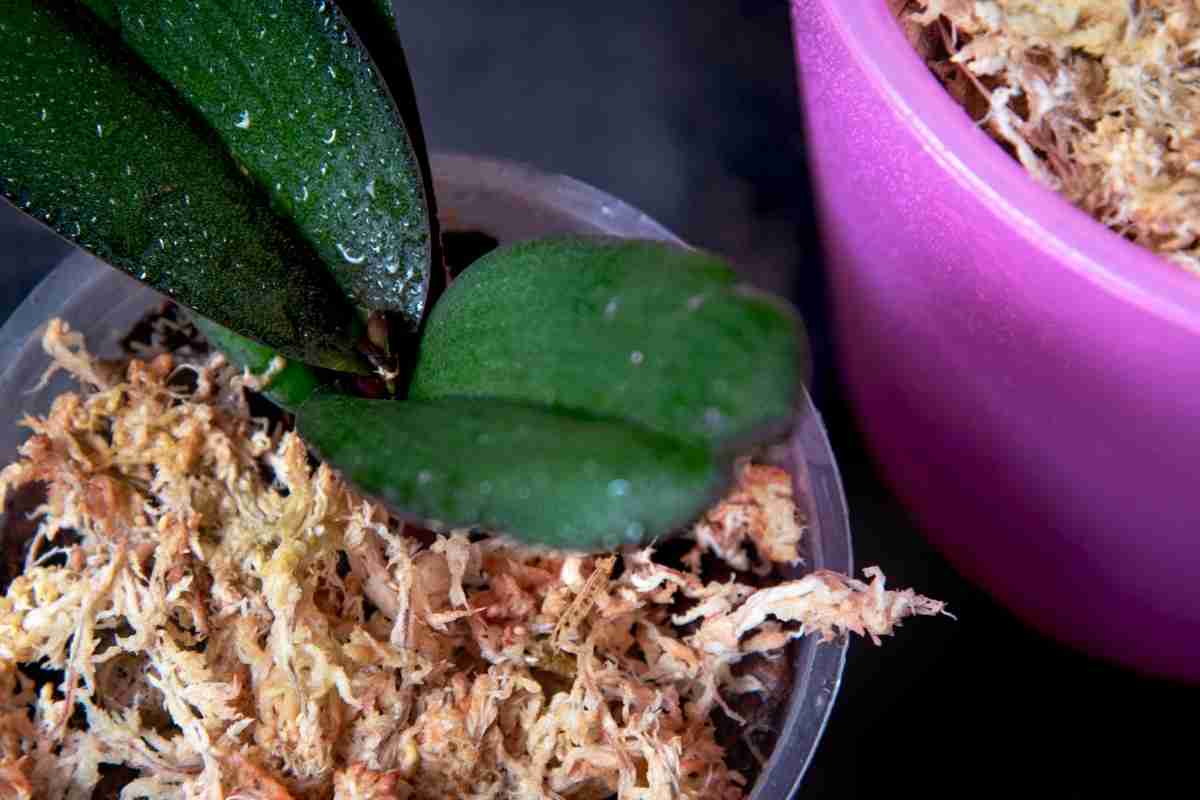
How To Grow Moss On Stone? The Ultimate Guide!
Read more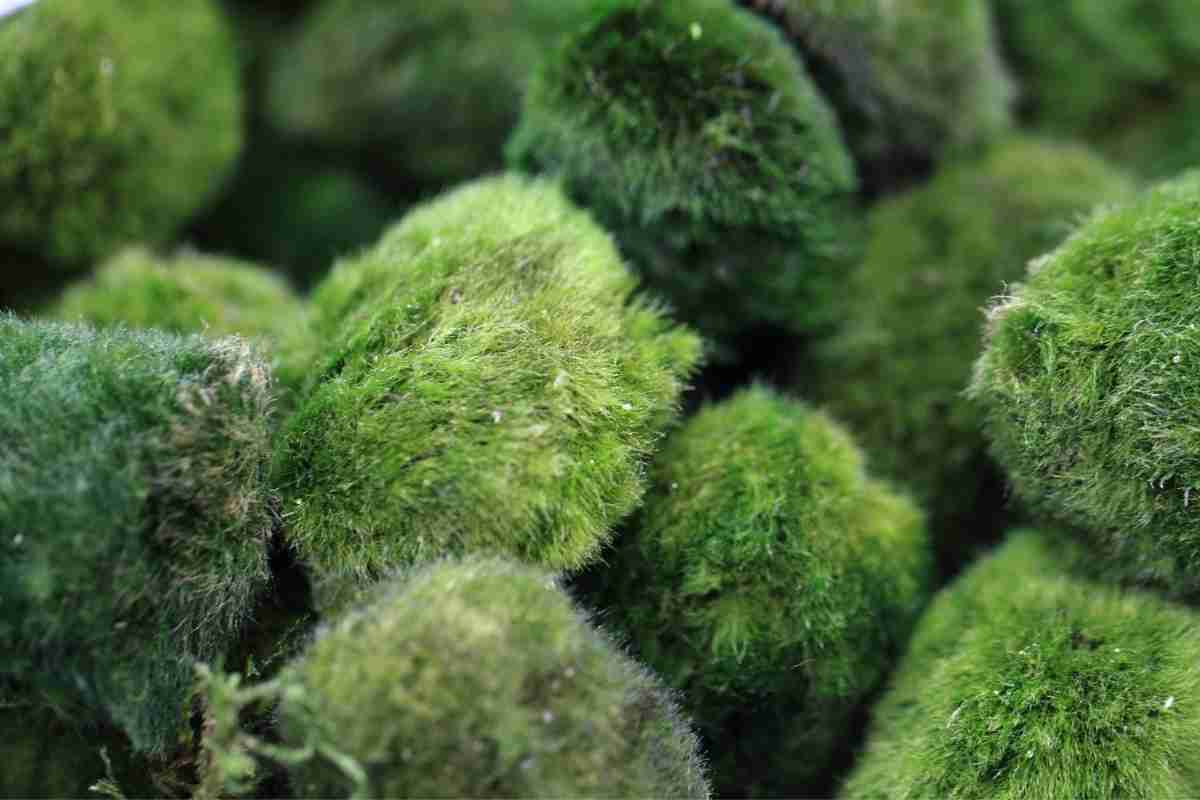
What Are Moss Ball Pets? Detailed Guide!
Read more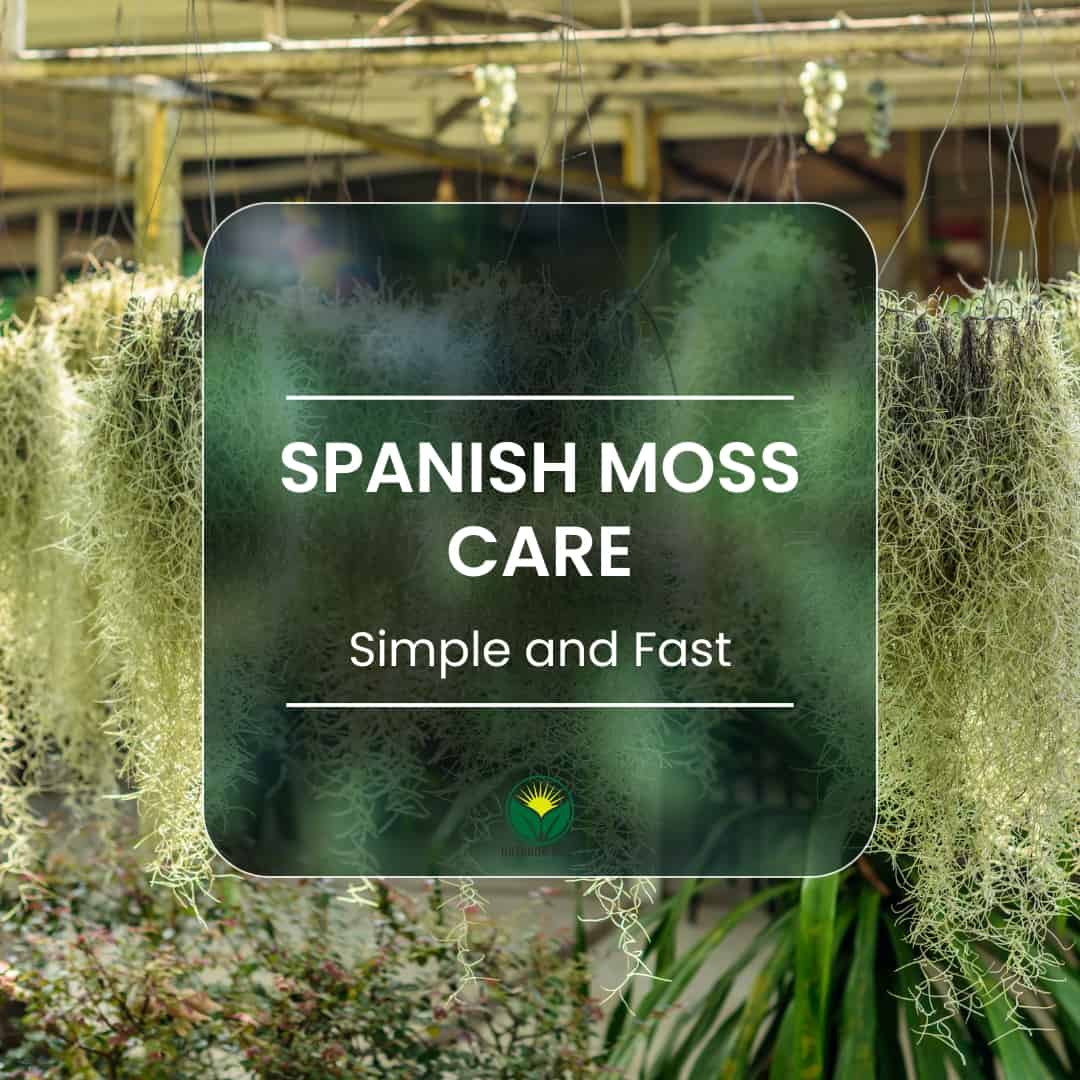
The best way to care for Spanish moss (Tillandsia usneoides). Simple and fast
Read more
What Is The Best Time To Apply Moss Killer To The Lawn?
Read more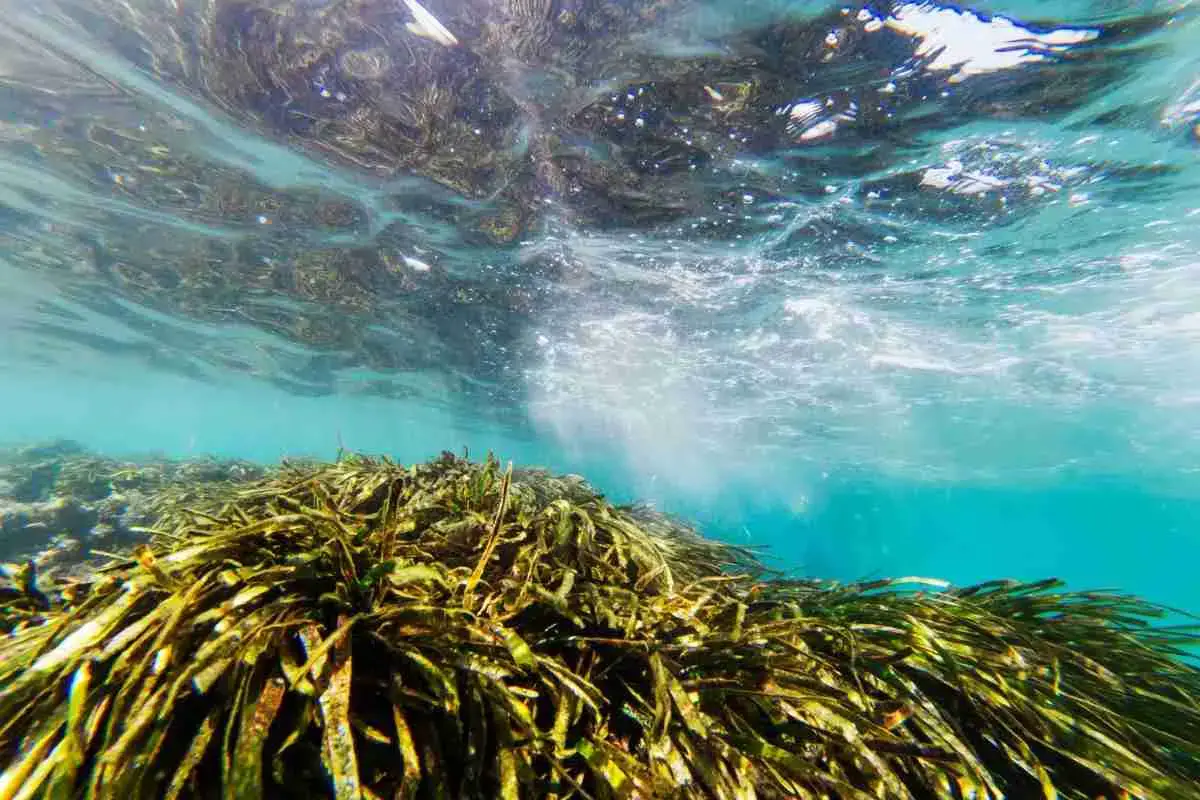
Can Moss Grow Underwater? List & Benefits
Read more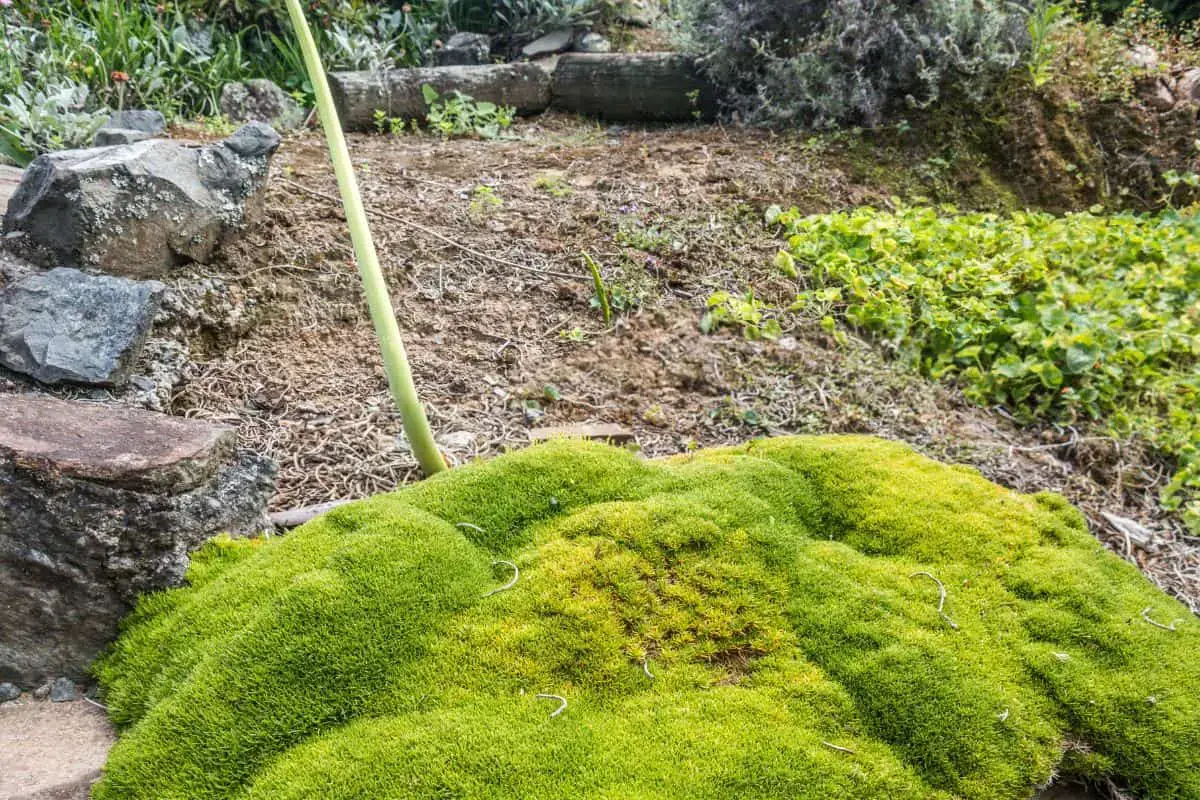
5 Steps To Make A Stunning Irish Moss Lawn
Read more
Decorative Moss For Potted Plants: Live & Preserved
Read more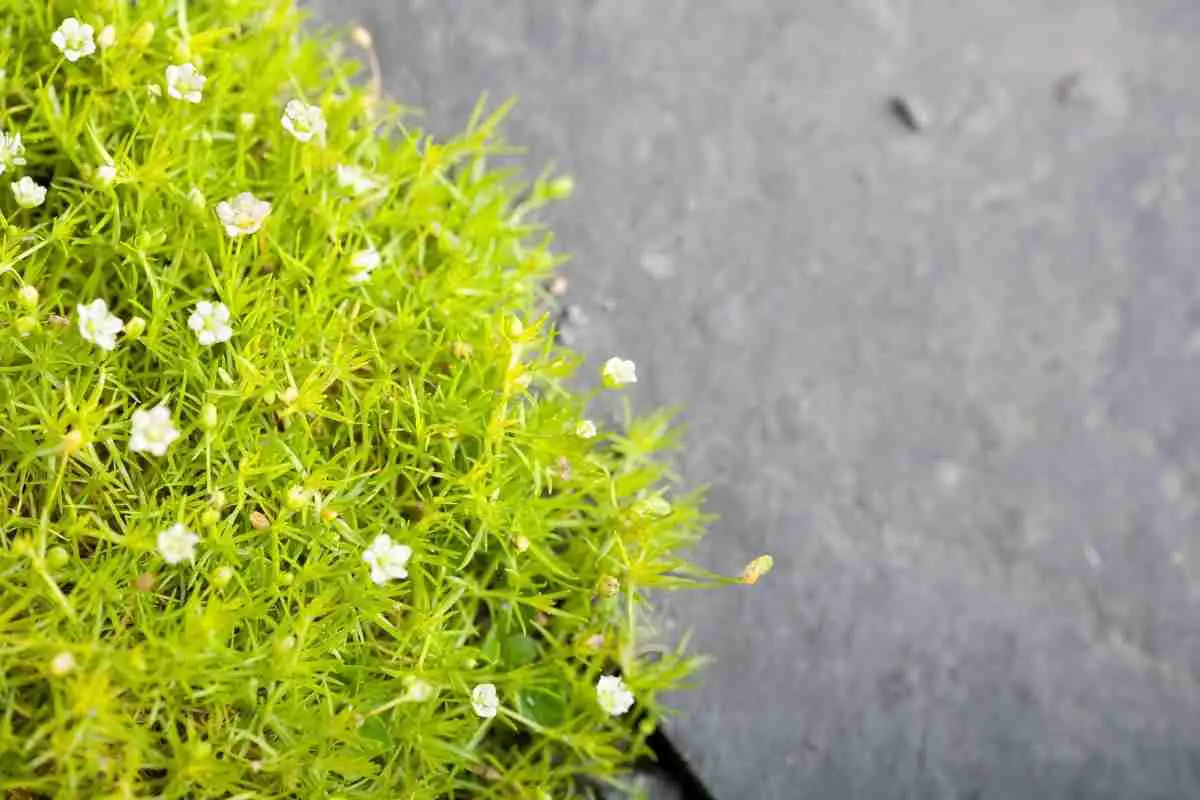
How Fast Does Irish Moss Spread?
Read more
How to Grow Moss on Rocks and Impress Your Friends (or Enemies)
Read more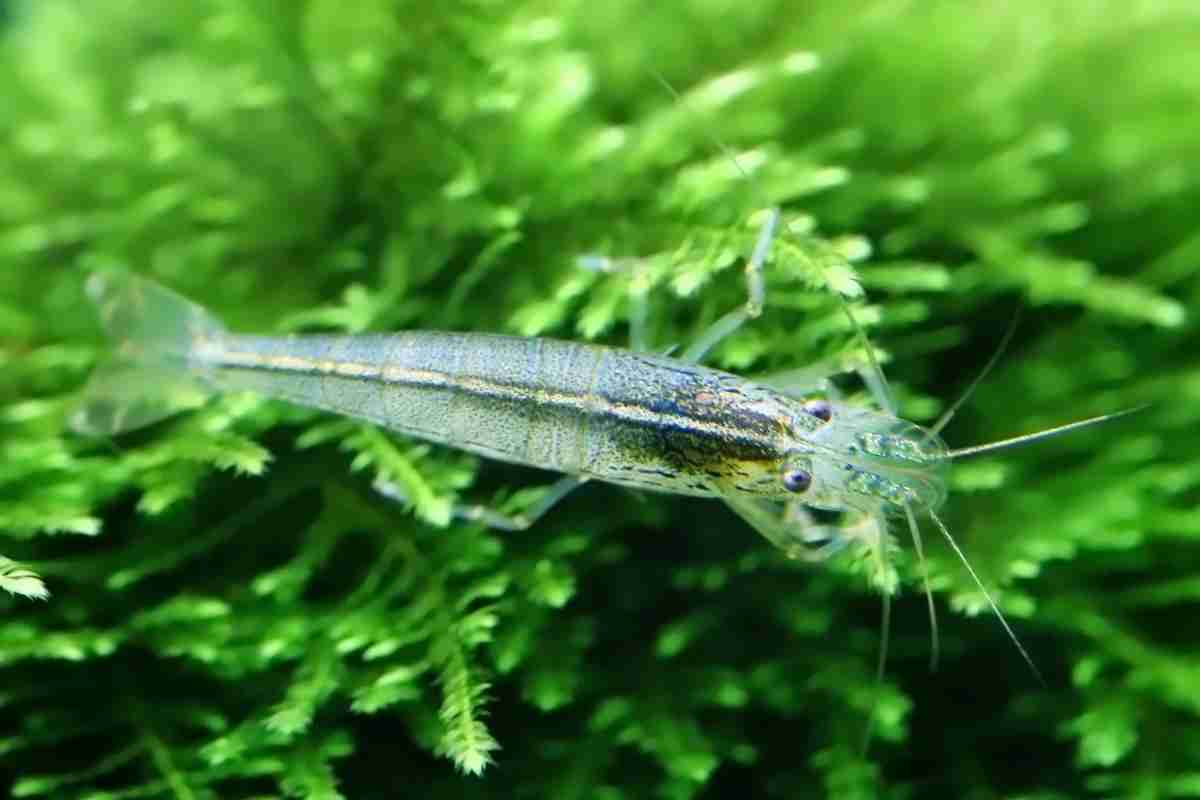
Can Java Moss Grow (Emersed) Out Of Water?
Read more
Supporting Your Monstera: The Best Moss Poles for Your Climbing Plants
Read more